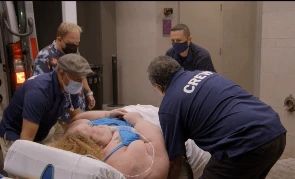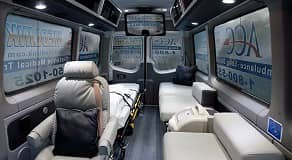Patients recovering from sickness are usually required to visit the hospital often for medical examinations. In situations where these patients live some distance away from the hospital – long-distance medical transport is used to convey them. This medical transport system saves them the stress of transporting themselves to the facility, which might affect their recuperating body.
What is Long Distance Medical Transport?
According to a statistical insight revealed by RandDotOrg, about 3.6 million people miss out on their medical appointments because of transportation problems. However, long-distance medical transport solves this problem.
Long-distance medical transport is a type of medical transport used in non-emergency situations. Patients who have uncritical health conditions can use the transport system to access a health facility, any time.
What are the Types of Long Distance Medical Transport?
There are broadly two main types of long-distance medical transport people can avail to transfer themselves or a loved one to the hospital;
When to Use Long Distance Medical Transport?
Long Distance Medical Transport isn’t ideal in all situations. It’s suitable when;
Who Should Use Long Distance Medical Transport?
Benefits of Long-Distance Medical Transport
Final Words
Long-distance medical transport has helped eliminate transportation barrier that limits patients from accessing medical services at their convenience. Patients can now schedule medical appointments with their preferred hospital without having to worry about the distance.
Whether they are visiting a hospital or leaving the facility after discharge to their homes—long-distance medical transport provides the convenience, reliability, and safety needed to get them to their destination.

When choosing a medical transport service provider, you must ensure to choose one that not only focuses on getting you to your destination, but also prioritizes using the safest, most conducive, and most efficient sets of vehicle fleets and equipment to do the job.

ACC Medlink appeared on the TLC television network reality show “1000 LB Sisters” to transport one of the cast members from Ohio to a doctor in Kentucky. ACC Medlink, four of its employees, and the journey they took with Tammy Slaton were featured in episode 6 of season 4.

ACC Medlink is proud to announce the addition of a new line of elite medical sprinter vans to our long distance medical transport fleet. This addition will allow ACC Medlink to continue to provide superior service and outstanding care for those in need of medical transport out of state...
